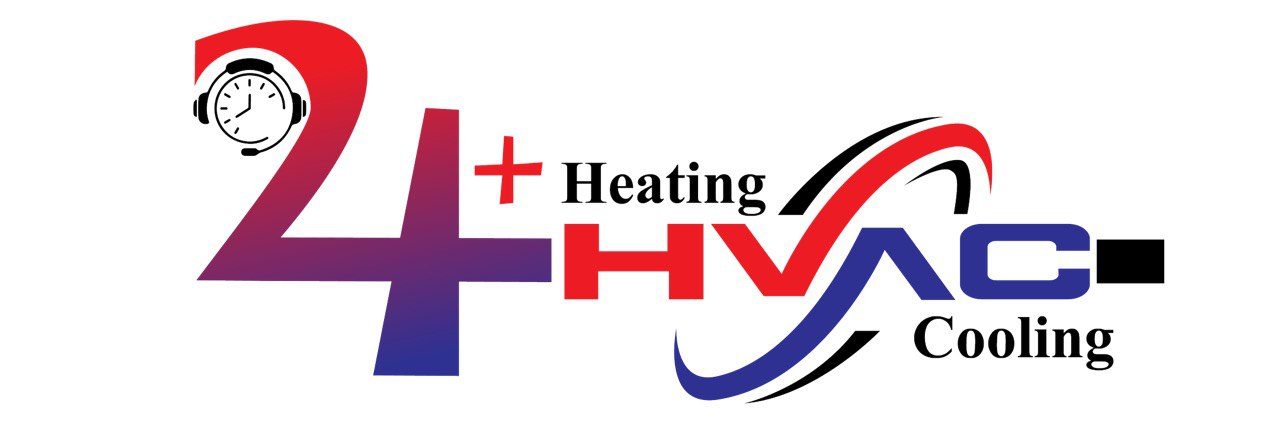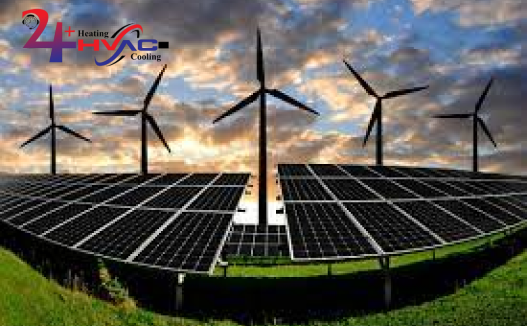Introduction
As climate change concerns rise and energy costs increase, homeowners and businesses are shifting towards green heating technologies. These sustainable heating solutions not only reduce carbon footprints but also offer long-term energy savings. In this guide, we’ll explore the top green heating technologies for 2025, including solar, geothermal, and other renewable energy-based systems that enhance efficiency and sustainability.
1. Green Heating Technologies: Solar Heating Systems
Solar energy is a leading solution for sustainable heating. By utilizing the sun’s energy, homeowners can significantly cut down on fossil fuel dependence.
Benefits of Solar Heating:
- Cost savings: Lower energy bills by harnessing free sunlight.
- Low maintenance: Solar heating systems require minimal upkeep.
- Environmental benefits: Reduces reliance on nonrenewable energy sources.
Types of Solar Heating:
- Active Solar Heating: Uses pumps and fans to distribute heat.
- Passive Solar Heating: Uses building materials to naturally store and release heat.
2. Green Heating Technologies: Geothermal Heating Systems
Geothermal heating is one of the most energy-efficient green heating technologies, leveraging the Earth’s stable underground temperatures.
Advantages of Geothermal Systems:
- Energy efficiency: Uses up to 70% less energy than traditional heating.
- Longevity: Geothermal heat pumps last over 25 years.
- Year-round comfort: Provides both heating and cooling.
3. Green Heating Technologies: Heat Pumps – Air Source & Ground Source
Heat pumps are a popular renewable heating method, transferring heat from outdoor sources to indoor spaces.
Types of Heat Pumps:
- Air Source Heat Pumps (ASHPs): Extract heat from the air.
- Ground Source Heat Pumps (GSHPs): Use underground heat.
Key Benefits:
- Highly efficient: Converts one unit of electricity into three units of heat.
- Versatile: Works for both heating and cooling.
4. Green Heating Technologies: Biomass Heating Systems
Biomass heating uses organic materials like wood pellets and agricultural waste to generate heat efficiently.
Why Choose Biomass Heating?
- Renewable & sustainable: Uses waste materials.
- Lower carbon emissions: More eco-friendly than fossil fuels.
- Cost-effective: Biomass fuel is often cheaper than gas or oil.
5. Hydronic Radiant Floor Heating
Radiant floor heating provides warmth from the ground up, using water-based heating systems.
Benefits of Radiant Floor Heating:
- Even heat distribution: Eliminates cold spots.
- Energy efficiency: Uses less energy than traditional heating.
- Enhanced comfort: Feels natural and consistent.
6. Green Heating Technologies: Wind-Powered Heating
Wind energy can be converted into electricity to power heating systems.
How Wind Energy Supports Heating:
- Paired with electric heating systems.
- Ideal for off-grid homes.
- Sustainable and cost-efficient.
7. Hybrid Heating Systems
Combining different renewable heating technologies enhances efficiency and reliability.
Hybrid Heating Benefits:
- Optimized energy use: Automatically switches to the most efficient source.
- Lower energy costs: Reduces reliance on fossil fuels.
- Greater sustainability: Reduces overall carbon footprint.
8. Green Heating Technologies: Solar-Assisted Heat Pumps
Combining solar panels with heat pumps maximizes heating efficiency.
Why Consider Solar-Assisted Heat Pumps?
- Boosts efficiency: Uses solar power to enhance performance.
- Reduces electricity consumption: Less grid dependence.
- Environmentally friendly: Lower CO2 emissions.
9. Green Heating Technologies: Hydrogen-Powered Heating
Hydrogen fuel is emerging as a sustainable heating alternative.
Advantages of Hydrogen Heating:
- Zero carbon emissions: Produces only water vapor.
- High energy efficiency: More effective than gas boilers.
- Future-proof technology: Potential for widespread adoption.
10. Green Heating Technologies: Smart & AI-Driven Heating Systems
AI and IoT technologies optimize heating efficiency.
Features of Smart Heating:
- Automated temperature control.
- Energy consumption monitoring.
- Integration with renewable energy sources.
Conclusion
The future of heating lies in this kind of technologies that reduce environmental impact and improve energy efficiency. Whether you choose solar, geothermal, or hybrid heating solutions, transitioning to sustainable energy sources will help lower costs and carbon footprints.
Explore the best heating solutions for your home with our expert services:
Heating Services in Vancouver
Eco-Friendly Heating Solutions
Visit 24 Plus HVAC for professional advice and installations.

